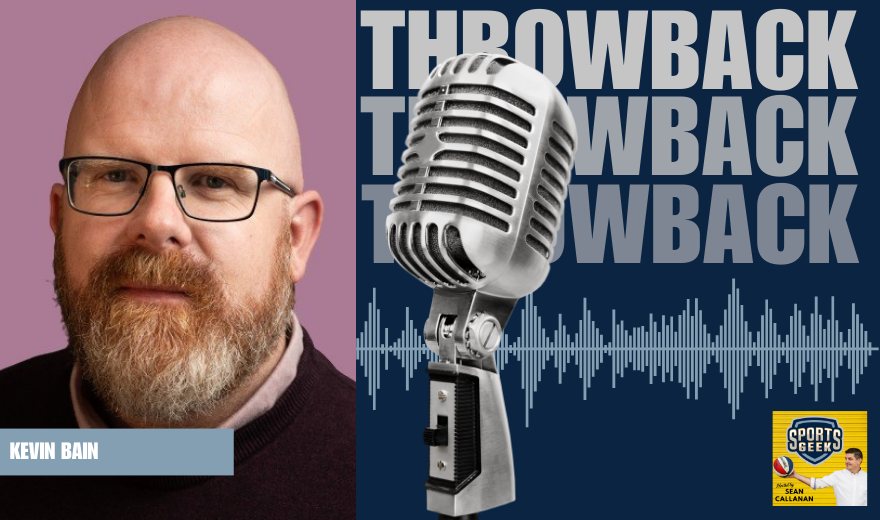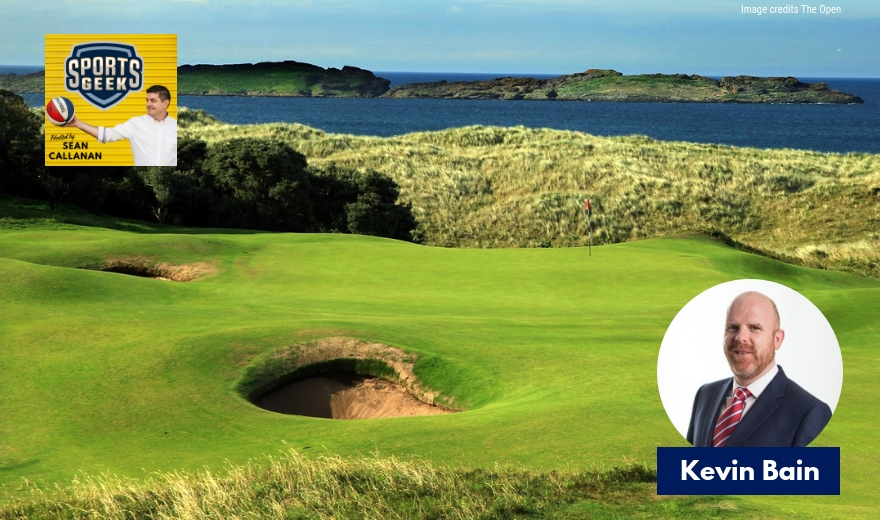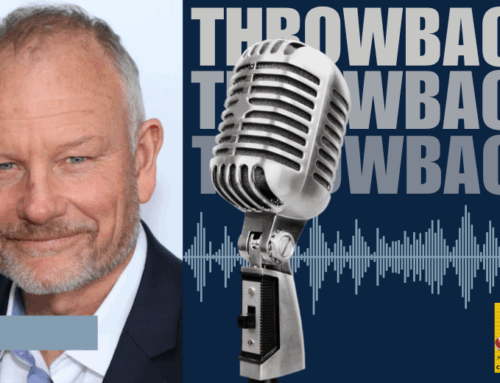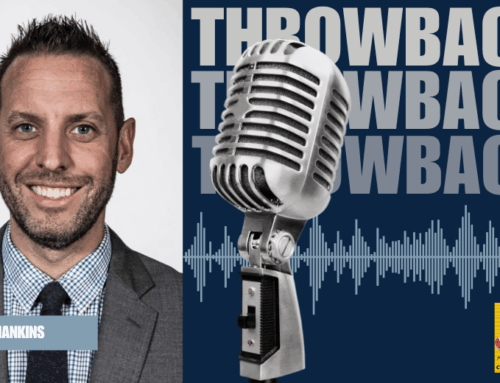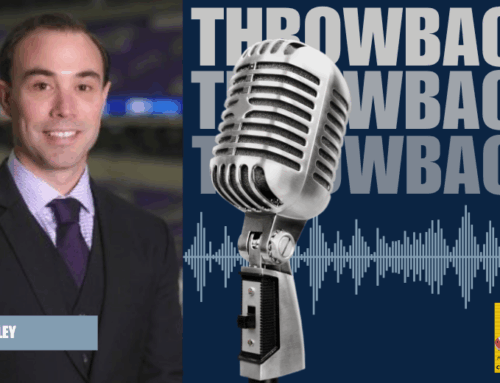This transcript has been lightly edited by AI
Sean: So what kind of challenges are involved when rolling out a network over a large expanse of a golf course and links course, especially considering the fan's growing appetite for data?
Kevin: The main one is ensuring that the golf course isn't affected. When hosting the Open, a golf course looks very different compared to its year-round appearance. We have a number of temporary infrastructures like grandstands and media centers. We must ensure that when we leave, the members and visitors who come back to play the golf courses are not affected.
So we have to work about two years out. We're doing planning now for St. George's in 2020 and St. Andrew's in 2021 to install the fiber ring that goes under the golf course. If we need to run a stretch of that over a fairway, we need to allow the gatekeepers time for the course to recover.
A lot of planning is required to ensure not just the network, but the water, waste, and electricity needs are met for all these areas. It's quite a skill to see an empty golf course and plan where the TV studios and grandstands will go, and therefore where the exit points for all the node boxes need to be.
Sean: It's definitely a utility, just like toilets and things like that. Especially in your case, you have to plan and ensure that you can get all the cabling and everything that's needed, just like for waste. It's not the same as in a stadium where you can just hide it under seats or string it along the roof. You physically have to integrate it with the environment.
Kevin: Yes, absolutely. It's something we've been doing since the first public Wi-Fi we had available at Muirfield in 2013. And since then it's just grown. The network capacity has grown, the requirements on it have grown. It's a skill that the guys in the championships team have, and it's great to be able to work with them, learn from them and ultimately ensure that even small things, like running cabling for a camera by a green side bunker, are planned for.
Sean: And you've got the expanding requirements of broadcasters who want more capacity, but they also want terrific shots where they don't see lots of cables. They want everything hidden. They want the magic of it without being able to see any of it when they have the high def shot of the green or the pass across the fairway.
Kevin: Yes, absolutely. So a couple of years ago, we took the production of the main world feed of the broadcast in-house to allow us to have a bit more control over the pictures. Most of our primary broadcasters will still bring some additional cameras, and they've done some really cool stuff. But it's a big challenge for links golf from a golfer's perspective. It's the way the course plays, the undulations, the weather, etc. We really need to make sure that people can appreciate all the bumps and undulations and runs that occur on links courses, which often means shooting from lower down, which brings challenges.


